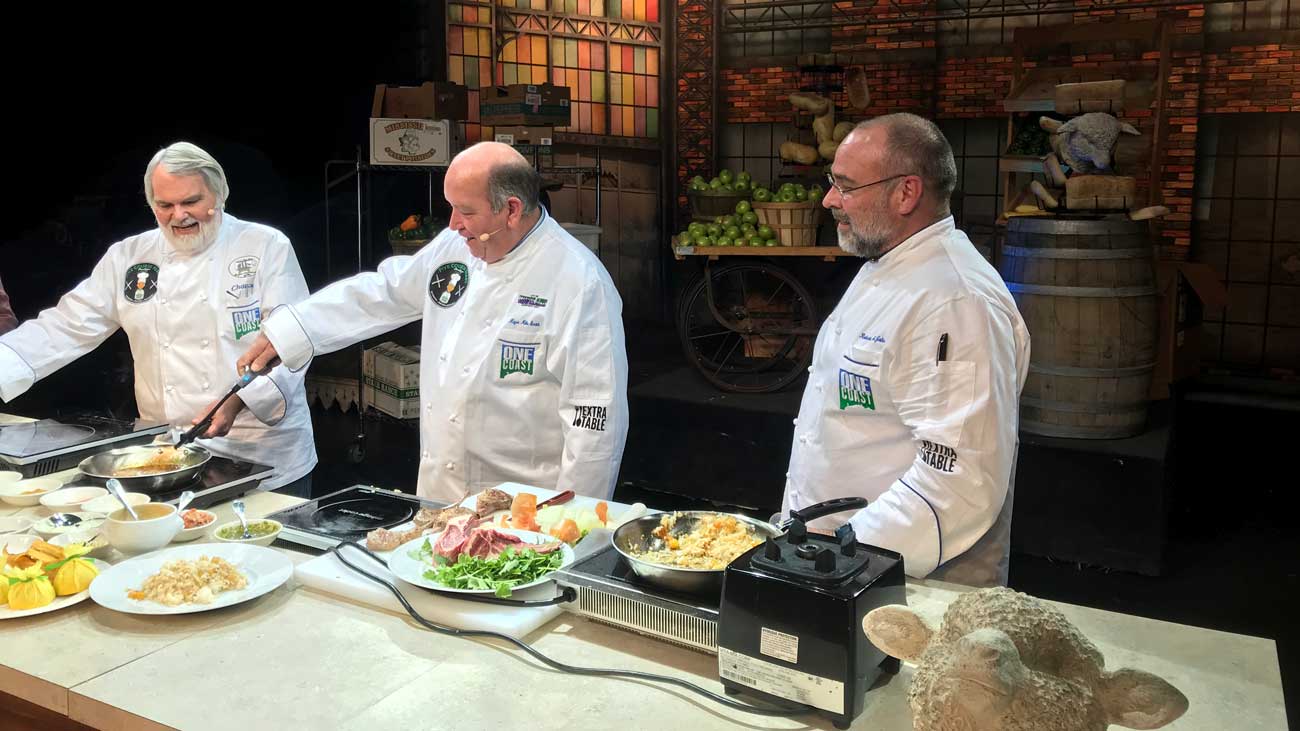My high school football coach was in town last week. After a round of golf with two of my best friends and former teammates the three of them, along with one of the coach’s friends, asked me to join them at one of my restaurants for dinner and a catch-up session.
I jumped at the chance to see my former coach, to relive memories under the Friday night lights, and to share old war stories.
Actually, “war stories” might be a bit of an oversell. I attended a small private school and our football team didn’t even have enough players to conduct a full scrimmage. Nevertheless, I wouldn’t have traded those days for a Division I scholarship, and the chance to see what my coach had been up to after all of these years was too good to pass up.
I left my son’s football practice and headed to the Mahogany Bar. We arrived in the middle of happy hour and the golfers were hungry. My coach and his friend, both of Baton Rouge, wanted dinner as they were traveling to Birmingham later that night.
After scanning the menu each ordered gumbo, a dozen oysters on the half shell and the catch of the day.
As is the case when old football players get together, we began sharing old stories and swapping information on our kids and how our lives have progressed over the last 33 years. Then the gumbo arrived. The coach’s friend took a sip, immediately looked at me and, in a surprised tone, said, “Hey, this is good!”
It wasn’t until that moment that I realized that they had ordered gumbo, not expecting much across the state line in Mississippi. In their eyes, the restaurant’s credibility all rested on the legitimacy of the gumbo (as a Creole restaurant’s should). I had passed a test that I didn’t even know I was taking.
I could see him doing the standard gumbo check-off in his head— is the roux dark enough? Is there enough protein in it? Is it made using a stock? Check, check, check.
Those are the three things that separate legitimate gumbo from imposters.
A dark roux is a key component. It’s not complicated. It just takes time. The flour and fat should be cooked “low and slow” until it is so dark that it is on the verge of burning, but is nowhere near— not even close— to being burnt. It’s not hard, but it can be tricky.
Once a roux has even a hint of burnt flour, it has to be thrown out. This is where many gumbo novices drop the ball. A dark roux is key. I can spot a watery, grey, weak-roux gumbo from across the room.
In Yankee cookbooks, “add water” in the ingredient list is an instant giveaway. If you ever see a gumbo recipe that calls for water instead of stock, walk, don’t run to the nearest bookstore and buy a legitimate cookbook that uses a homemade, hearty stock as a key component of the gumbo. Actually, in the end, this might even be more important than a dark roux.
A well-made stock adds depth and complexity to a dish. There is no substitute. The better the stock, the better the dish. Period.
The third component is the amount of protein (seafood, poultry, pork) in a gumbo. It’s important while one is eating gumbo, but it, more than any other aspect is the thing that people talk about afterwards. “Can you believe how much crabmeat was in that gumbo?” “Did you see all of the andouille in that gumbo?”
We have prepared and served over 26,000 gallons of gumbo over the last 25 years. During those years, this might be the first time a contingent of the mighty Beeson Academy Trojans gathered over a bowl to reminisce about the good old days.
We discussed our record and former teammates. We reminisced about offensive plays, defensive calls, and the season’s high points and low points. One topic not in dispute was that my body type has moved from that of a middle linebacker to a noseguard over the last three decades. No doubt that a large part of that transformation is due to gumbo.
Quick, Easy Shrimp & Okra Gumbo
1 /2 cup Canola oil
3 /4 cup Flour
1 cup Onion, diced
1 /2 cup Celery, diced
1 /2 cup Bell pepper, diced
1 1 /2 cups Fresh okra, sliced
2 Tbl Garlic, minced
1 1 /2 lbs Shrimp, small
2 tsp Salt
1 1 /2 tsp Black pepper
2 tsp Creole Seasoning
1 tsp Thyme, dry
1 cup Tomatoes, diced, canned or fresh
2 quarts Rich shrimp stock
1 Tbl Hot Sauce
1 /4 tsp Cayenne pepper
2 cups cooked white rice
In a large skillet, combine oil and flour to form a dark roux. Cook over medium heat, stirring often until roux is very dark (be careful not to burn). Add
vegetables, garlic, spices and shrimp and continue to cook for five to seven minutes, stirring constantly to prevent burning. Meanwhile, bring shrimp stock and tomatoes to a boil. Slowly add roux mixture to boiling stock and mix well. Lower heat to a slow simmer, and cook 10 more minutes. Add hot sauce and cayenne pepper.
To serve, place 2-3 tablespoons of rice in a bowl then pour the hot gumbo over the rice.
Yield: 1 gallon



